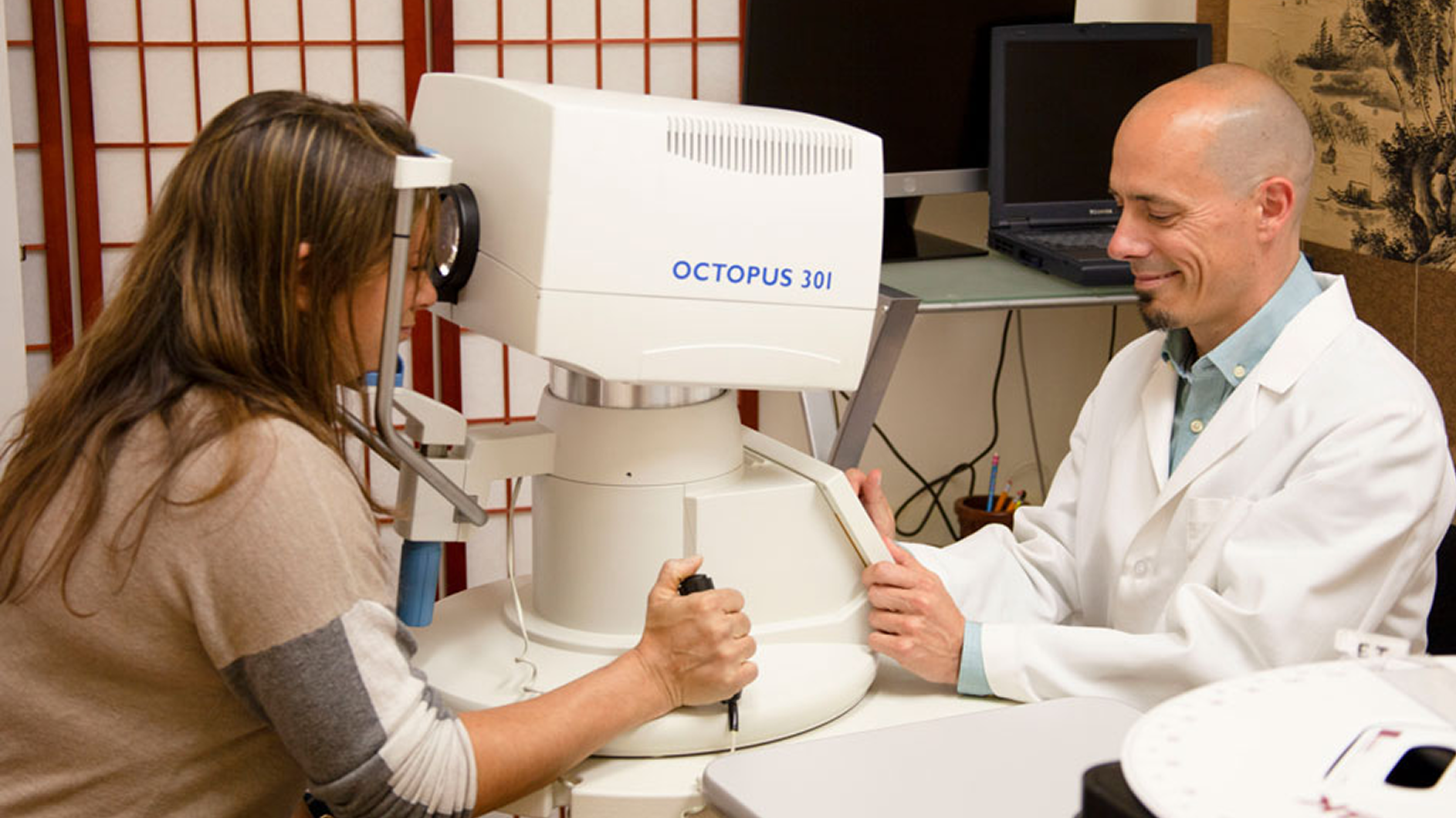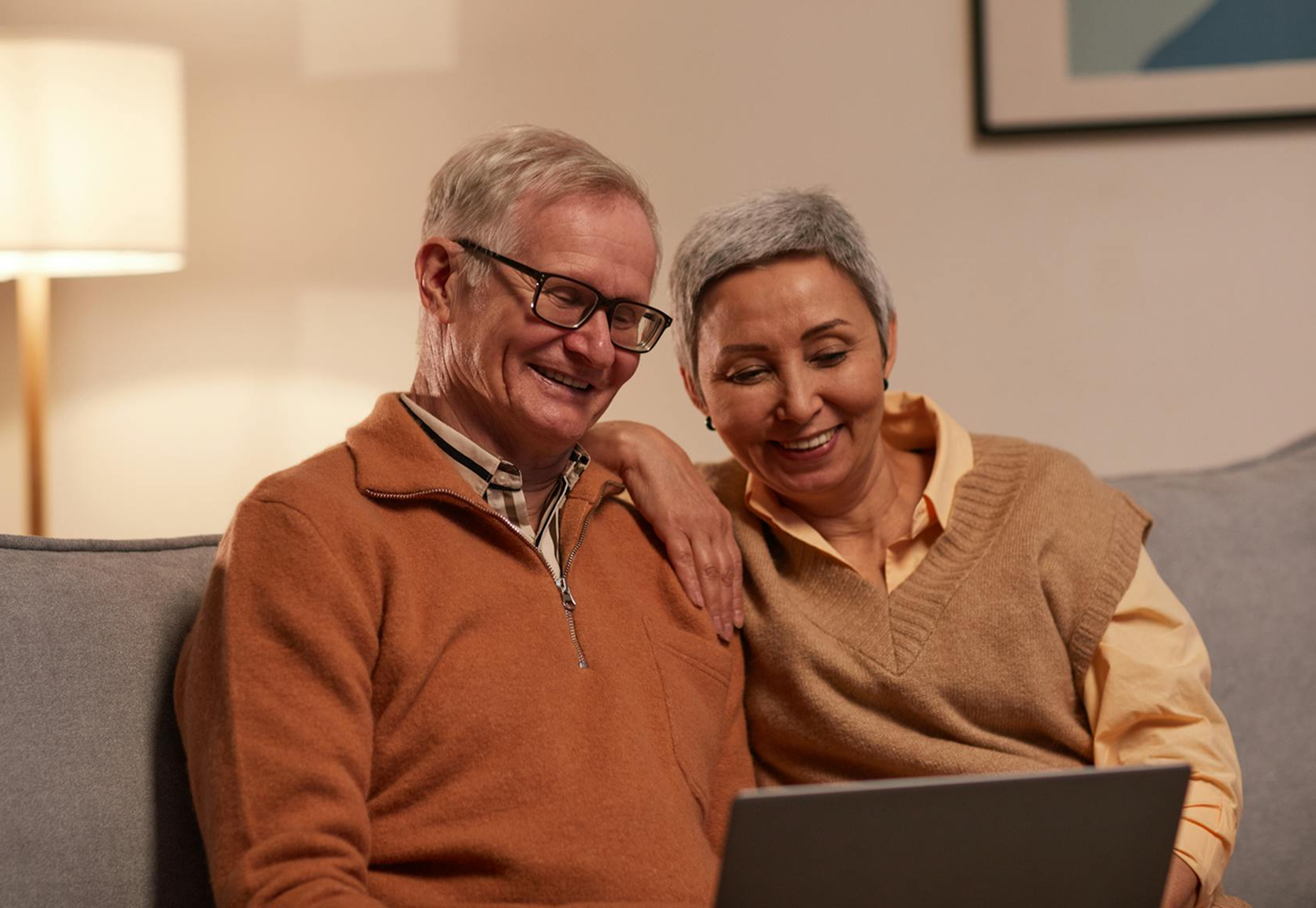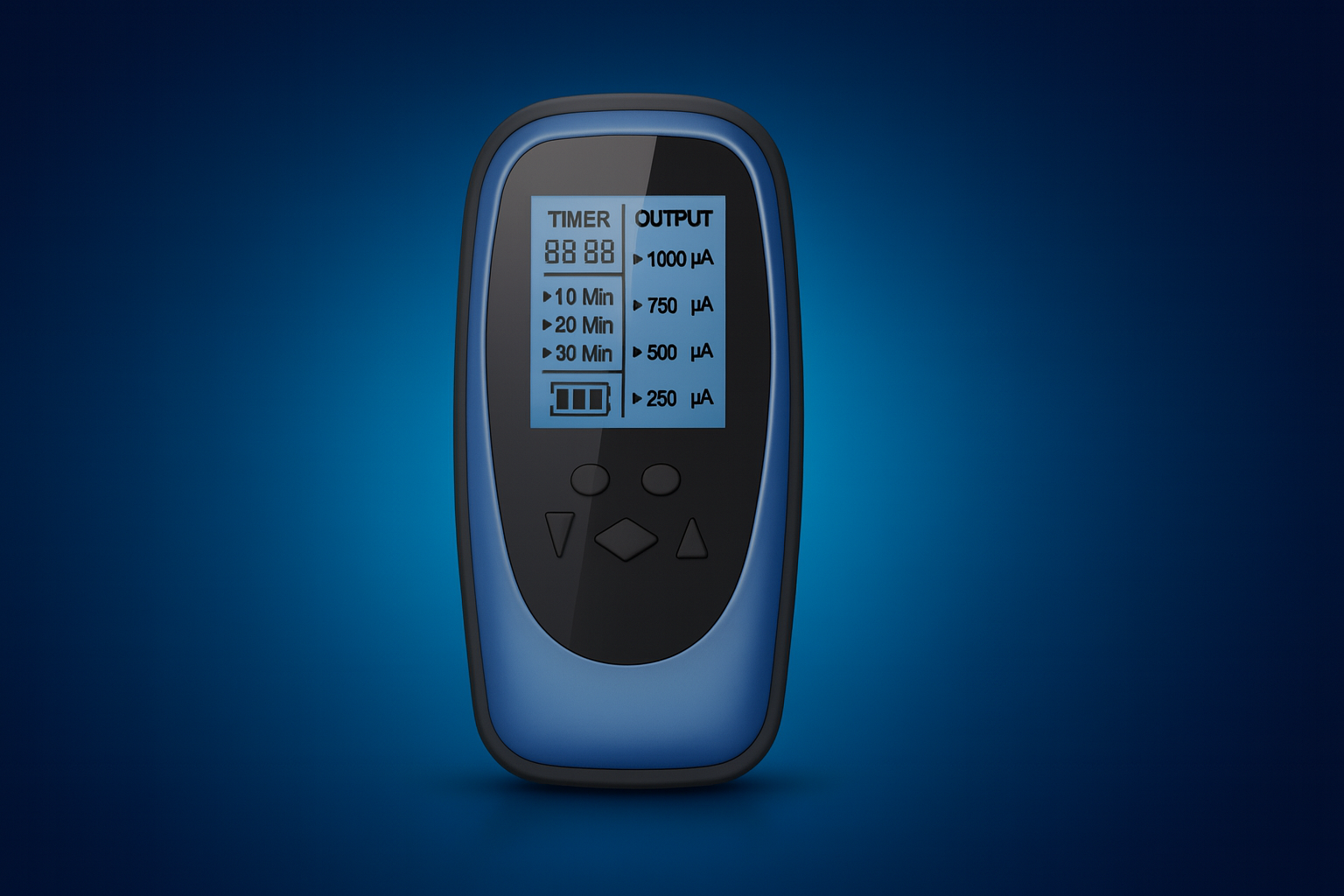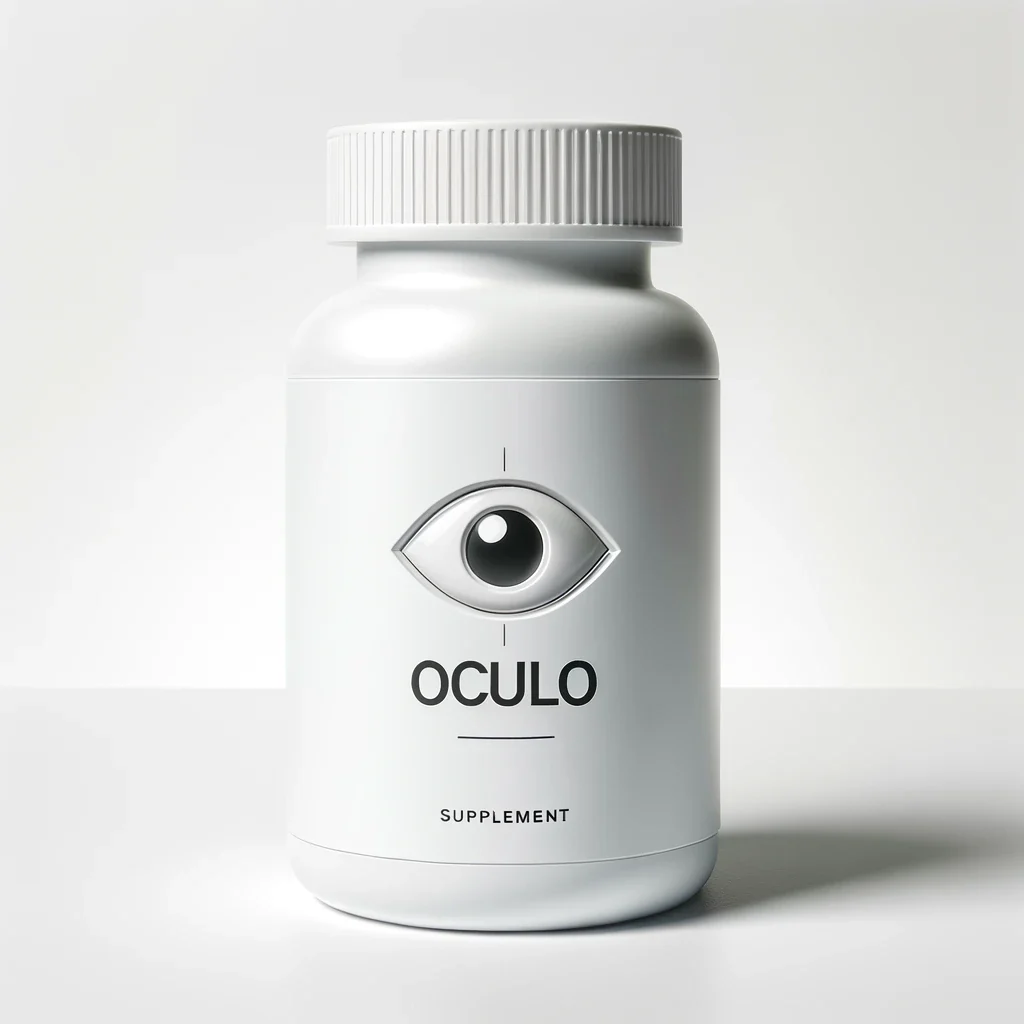Eye Stroke Recovery Success Rates: What the Research Actually Shows
If you've had an eye stroke, you probably want to know one thing: What are my chances of getting my vision back?
This is a fair question. And you deserve an honest answer based on real research, not false hope.
The truth is this: eye stroke recovery rates depend on several things:
- Which type of eye stroke you have
- How fast you get treatment
- What kind of treatment you receive
- How severe the blockage is
Let's look at what medical research actually shows about recovery rates for different types of eye strokes.
Understanding Eye Stroke Recovery Rates
Eye stroke is not one condition. It's actually several different conditions, and each has different outcomes.
The Four Main Types
- CRAO (Central Retinal Artery Occlusion) - blockage of the main artery
- BRAO (Branch Retinal Artery Occlusion) - blockage of a branch artery
- CRVO (Central Retinal Vein Occlusion) - blockage of the main vein
- BRVO (Branch Retinal Vein Occlusion) - blockage of a branch vein
Each type has different recovery rates and outcomes.
CRAO Success Rate: What Studies Show
CRAO is the most serious type of eye stroke. It happens when the main artery feeding your retina gets blocked.
Conventional Medicine Outcomes
The research on CRAO recovery with standard "wait and see" care is sobering:
- Studies show less than 20% of patients recover useful vision without intervention
- Only 8-10% improve to reading vision (20/40 or better)
- Most improvement happens in the first 7 days
A major review published in Survey of Ophthalmology found that spontaneous recovery is rare. When it does happen, it's usually in patients with incomplete blockages.
Why such poor outcomes? Retinal cells start dying within 90-100 minutes without oxygen. Research from the American Academy of Ophthalmology confirms that permanent damage begins quickly.
Better Outcomes with Active Treatment
Here's where the research gets more hopeful. Studies show that active intervention leads to better outcomes than doing nothing.
Hyperbaric Oxygen Therapy (HBOT) Success Rates
Multiple studies show HBOT can improve CRAO outcomes:
- A study in Ophthalmology journal found 40-56% of CRAO patients improved with HBOT started within 24 hours
- Israeli research showed 63% visual improvement in patients treated within 8 hours
- A recent meta-analysis concluded HBOT shows "promising results" for early CRAO treatment
Compare these 40-63% improvement rates to the 8-20% spontaneous recovery rates. The difference is significant.
Acupuncture Research Outcomes
Several published studies examine acupuncture for retinal artery occlusion:
- Chinese research published in Evidence-Based Complementary Medicine found 77.1% of patients improved with acupuncture vs. 48.6% with medication alone
- A systematic review in Acupuncture in Medicine concluded acupuncture shows benefit for retinal artery occlusion
- Studies show acupuncture improves retinal blood flow in animal models
The research suggests acupuncture works by improving blood circulation and reducing inflammation.
BRAO Recovery Rate: Better Natural Outcomes
Branch retinal artery occlusion blocks only part of the retinal blood supply.
Research Shows Better Prognosis
Studies show BRAO has better natural recovery than CRAO:
- 70-80% maintain good central vision
- Peripheral vision loss in the affected area often persists
- Reading ability is usually preserved
However, research indicates that even with BRAO, active treatment can reduce the affected area and speed recovery.
CRVO and BRVO Outcomes: Vein Occlusions
When a vein gets blocked instead of an artery, outcomes differ.
Central Retinal Vein Occlusion (CRVO)
The Central Vein Occlusion Study is the landmark research:
- 1 in 3 patients see some natural improvement
- 1 in 5 develop significant complications
- Young patients (under 50) have better outcomes
Modern treatments like anti-VEGF injections help manage swelling and prevent complications.
Branch Retinal Vein Occlusion (BRVO)
Research shows BRVO has the best natural prognosis:
- 50-60% maintain or improve vision without treatment
- Younger patients do better
- Small blockages often resolve on their own
Dr. Rosenfarb's Patient Outcomes
Now let's talk about real-world results from Dr. Rosenfarb's practice.
These are documented cases from patients who chose holistic treatment. These outcomes are from his practice records, not controlled studies.
Case Example: Roy's Recovery
Roy had CRAO. His vision dropped to 6 or 7 lines lost on the eye chart.
After treatment with acupuncture, microstimulation, and hyperbaric oxygen, Roy recovered most of his lost vision. This level of improvement is uncommon with conventional "wait and see" care.
Common Improvement Patterns
In Dr. Rosenfarb's practice, patients using comprehensive holistic protocols typically see:
- Vision improvement of 2-4 lines on the eye chart
- Better peripheral vision and visual field
- Improved reading ability
- Enhanced contrast sensitivity
Not every patient improves. But the percentage seeing meaningful improvement is higher than research suggests for untreated patients.
Why the Difference?
Dr. Rosenfarb explains:
"We use multiple therapies working together. We improve blood flow with acupuncture. We increase oxygen with HBOT. We stimulate nerve repair with microstimulation. We support healing with nutrition. This multi-modal approach gives patients the best chance."
Wait and See vs. Active Intervention
Let's compare the two approaches directly.
The "Wait and See" Approach
This is what most conventional doctors recommend:
Pros:
- No cost or time commitment
- Some patients improve naturally
- No treatment risks
Cons:
- Less than 20% see meaningful improvement
- You may miss the window for treatment
- Permanent vision loss is common
- Leaves you feeling helpless
Active Intervention Approach
This means starting treatment immediately:
Pros:
- Research shows 40-60% improvement with early HBOT
- Studies suggest 60-80% benefit from acupuncture
- You're doing everything possible
- Multiple therapies work together
Cons:
- Requires time and financial investment
- Not all insurances cover holistic treatments
- No guarantees (but better odds)
What Affects Your Individual Success Rate?
Research identifies several factors that influence recovery:
Timing is Critical
Studies consistently show that patients treated within hours to days have better outcomes than those treated weeks later.
Think of it like a heart attack. The faster you restore blood flow, the less permanent damage occurs.
Type and Severity Matter
- Incomplete blockages recover better than complete blockages
- Branch occlusions do better than central occlusions
- Artery blockages are more urgent than vein blockages
Age and Overall Health
Research shows younger patients recover better. Patients with well-controlled blood pressure and blood sugar also have better outcomes.
Treatment Intensity
Studies suggest that combined therapies work better than single treatments. This makes sense - you're attacking the problem from multiple angles.
Setting Realistic Expectations
Here's what's important to understand:
Not everyone gets full recovery. Even with the best treatment, some vision loss may be permanent.
But treatment improves your odds. Research clearly shows that active intervention leads to better outcomes than waiting.
Early action matters most. The sooner you start treatment after an eye stroke, the better your chances.
As Dr. Rosenfarb often says:
"I can't promise every patient will recover completely. What I can promise is that we'll use every evidence-based tool available to give you the best possible chance."
Understanding the Research Landscape
Most conventional research on eye stroke treatment focuses on pharmaceutical interventions. Studies on holistic approaches are less common in Western literature, though significant research exists in Chinese medical journals.
This doesn't mean holistic treatments don't work. It means they haven't been studied as extensively in controlled Western trials.
However, the existing research on acupuncture, HBOT, and other holistic modalities shows promising results that align with what Dr. Rosenfarb sees in clinical practice.
What You Can Do Now
If you've had an eye stroke, time matters. Here are your next steps:
Immediate Actions
- See an eye doctor right away to confirm diagnosis and rule out underlying causes
- Get your blood pressure and blood sugar checked and under control
- Don't assume nothing can be done - research shows active treatment helps
Learn About Treatment Options
- Understand what treatments are available
- Read about different types of eye stroke
- Learn about NAION and optic nerve strokes
Consider Holistic Treatment
If you want to take an active approach to recovery:
- Schedule a telehealth consultation to discuss your specific case
- Ask about intensive treatment programs
- Learn what realistic outcomes might look like for your situation
The Bottom Line on Eye Stroke Recovery Rates
Here's what the research tells us:
- Spontaneous recovery is low - less than 20% for CRAO without treatment
- Active treatment improves outcomes - studies show 40-80% improvement with interventions
- Early treatment is essential - outcomes are better when treatment starts quickly
- Combined approaches work best - using multiple therapies together shows better results
- Some recovery is possible - even when conventional medicine says nothing can be done
You have a choice. You can wait and hope for spontaneous improvement. Or you can take action based on research showing that active intervention helps.
Dr. Rosenfarb's approach uses multiple evidence-based therapies to give patients the best possible chance at recovery.
Your vision is worth fighting for.
Frequently Asked Questions
Can vision come back after an eye stroke?
Yes, vision can improve after an eye stroke, especially with early treatment. Research shows 40-80% of patients see improvement with active intervention, compared to less than 20% with no treatment.
How long does it take to recover from an eye stroke?
Most recovery happens in the first 3-6 months. However, patients using comprehensive holistic treatment may continue seeing improvements for up to a year. The first weeks are most critical.
Is eye stroke recovery permanent?
Recovery varies by individual. Some patients regain most of their vision. Others see partial improvement. Early, aggressive treatment gives the best chance for maximum recovery.
What is the best treatment for eye stroke?
Research supports early intervention with multiple therapies. Studies show benefit from hyperbaric oxygen, acupuncture, and other modalities when started quickly. Combining treatments appears more effective than single therapies.
Note: The statistics and outcomes presented here are based on published medical research and documented patient cases. Individual results vary. Recovery rates depend on many factors including type of eye stroke, timing of treatment, severity of blockage, and overall health. No treatment guarantees specific outcomes.
Treatment Solutions for
Choose the treatment approach that fits your life
Whether you prefer hands-on care, convenient telehealth visits, or self-guided learning, we have multiple ways to help you manage .

In-Office 2 Weeks to Better Vision
Combining acupuncture, laser therapy & diagnostics at Dr. Rosenfarb's office in New Jersey. 90% of patients see measurable vision improvements.
Learn more
One-on-One Telehealth Sessions
One-on-one virtual sessions with Dr. Rosenfarb. Get personalized assessment and custom treatment plan from home.
Learn more
At-Home 12-Week AcuVision Program
Dr. Rosenfarb's 12-week step-by-step system. Live Q&A, guided exercises, and comprehensive approach to vision recovery.
Learn more
Alternating Current Micro Stimulation (ACS)
At-home micro stimulation system developed by Dr. Rosenfarb. Clinically proven at-home therapy to reactivate dormant eye cells.
Get ACS-3000
Eye Health Supplements
Scientifically-formulated supplements chosen by Dr. Rosenfarb to nourish your eyes and support healthy vision recovery.
Get supplements
